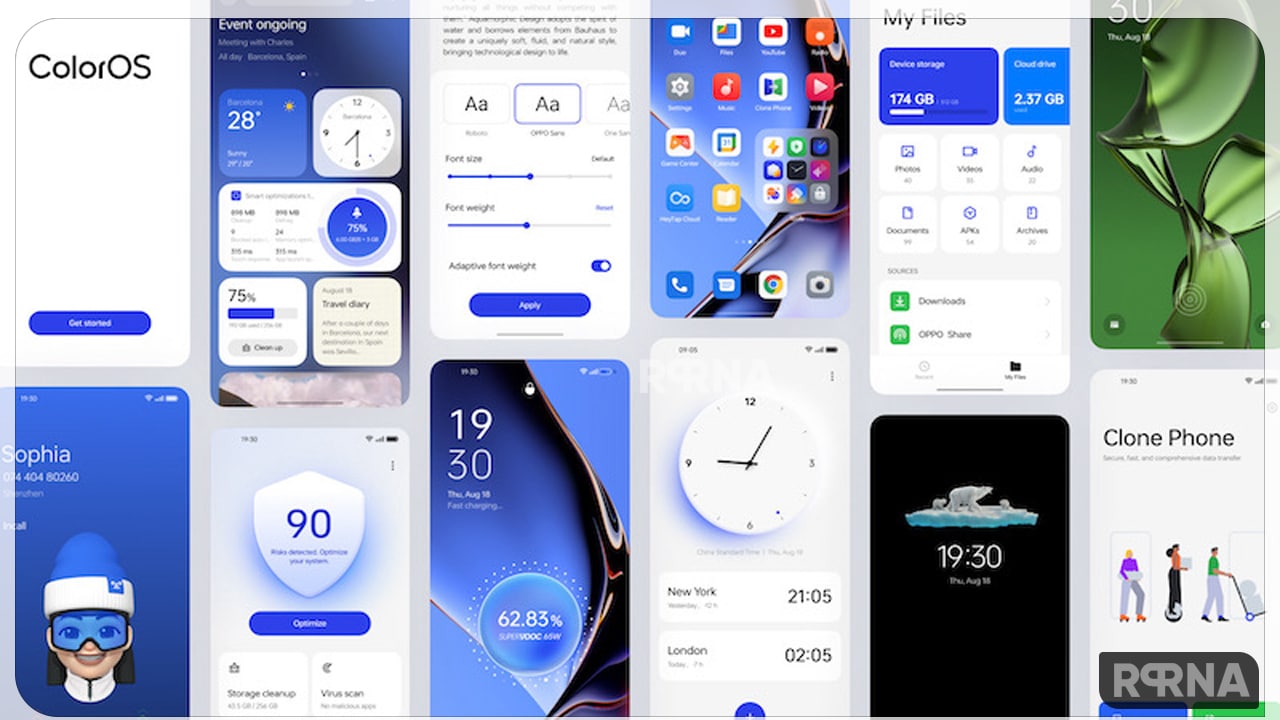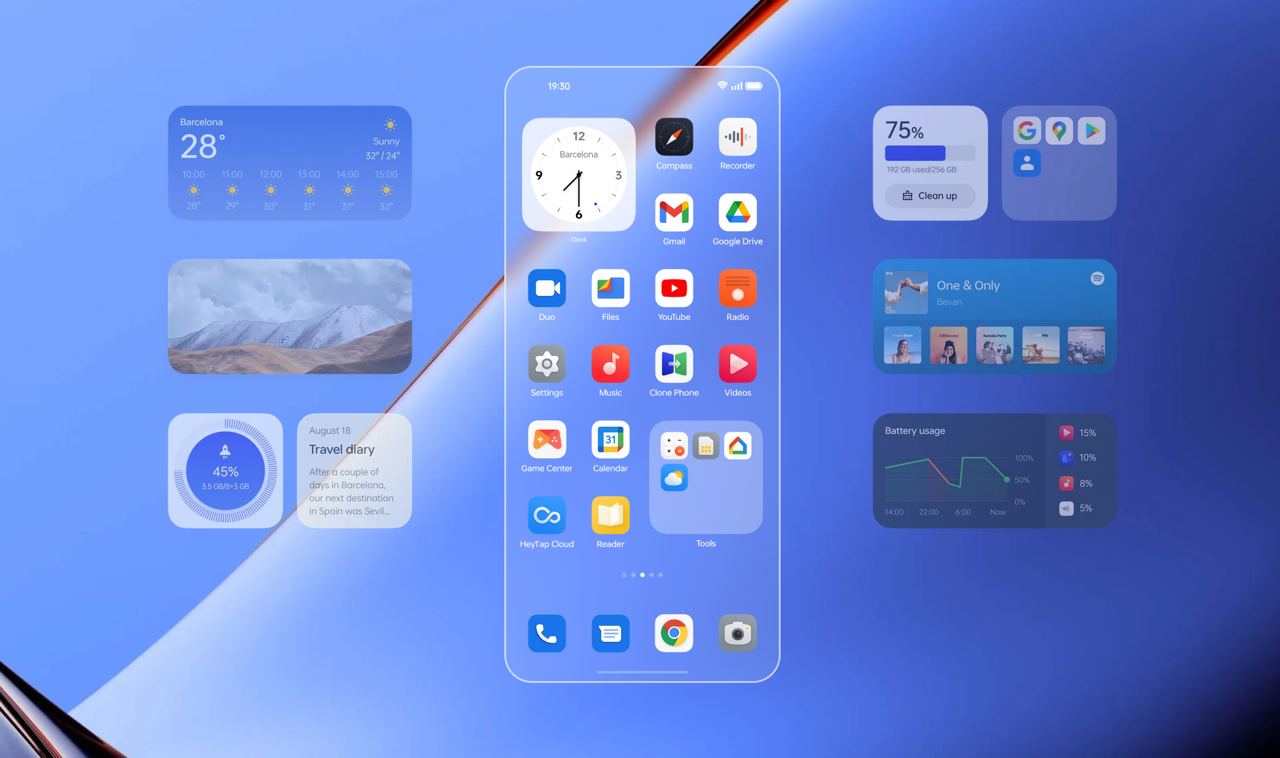When the OnePlus smartphone was launched, the company first aims to give excellent services to its users from a great hardware system to the best software services, and the OnePlus performed pretty well close to Google’s stock Android. Well, this was history. Today’s OxygenOS is just ColorOS.
“JOIN ONEPLUS ON TELEGRAM”
When OnePlus and OPPO announced that they merged together, OxygenOS fans are worried. And the result comes the same, ColorOS has hijacked OxygenOS, and that was fear. Fortunately, this happens.
Going with the past, when OnePlus CEO Pete Lau himself confirmed that this new integrated operating system would be the future of OxygenOS and would include all the features found in traditional Oppo devices. As expected, the announcement did not go down well as I am not happy with the new OxygenOS, it is ColorOS.

Same UI Changes – Aquamorphic Design
Both the Chinese brand OnePlus and OPPO have adopted the same nature-inspired Aquamorphic Design saying that it is simpler, faster, intuitive, etc, on OxygenOS 13 and ColorOS 13. Everything from the initial to the final stage I think there is nothing new between these two OS except its name with the same Android version.
After a long hard work, OnePlus has gained a huge number of users across the globe, but this one move of bringing the same OS improvement and changes could have more impact on its current or new users.

Same Features with a few different names
A quick glance at the Oxygen OS 13’s home screen shows that not much has changed. However, a simple swipe-down on notifications could be the start of a dramatic visual overhaul. The Color OS’s similarities go beyond the skin. Along with Oxygen OS 13, OnePlus has also made some deep user tweaks previously seen on Oppo phones. All of these additional features hidden under the Special Features menu are optional.
The ability to create floating apps from running apps is a nice adaptation of the existing split-screen method. However, I like that it supports more than one app at the same time. Elsewhere, the new Smart Sidebar pulls up pages directly from Oppo and other smartphone brands. With this option enabled, the phone will also offer text-based app suggestions in the sidebar.

On the other hand, OnePlus said that it only needs Oppo and OnePlus and combines the best features of both the operating systems to face the aggressive competition in the market. Both OS teams are ready to work together and develop OS products together.
While there could be many reasons for both the Chinese brand to make similar changes between OxygenOS 13 and ColorOS 13, the only question that arises is what about the demands and expectations of the users. If OnePlus wants to make its presence permanent in the world, it should also think about its user’s ultimatum.













